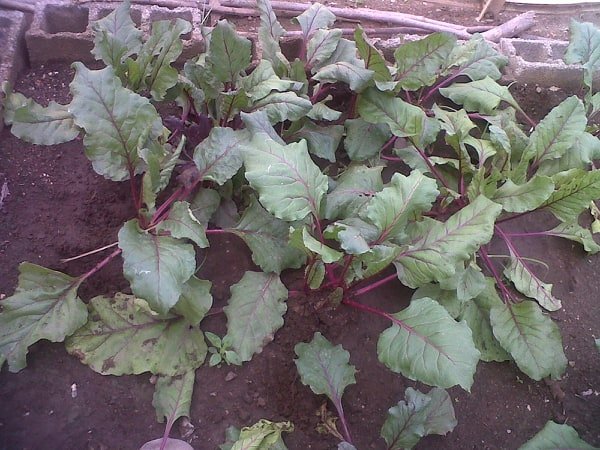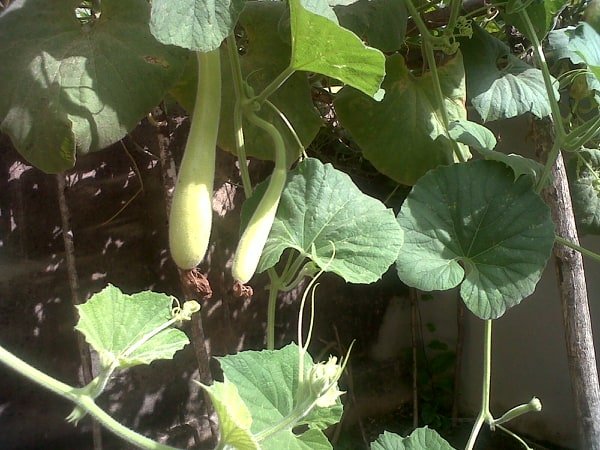Community of @steemchurch today I give you part of my zucchini harvest, looking forward to your cycle to enjoy in different ways.
As well as I give you the necessary information of the benefits that this rich harvest gives us
This light and soft vegetable from which its fruit and its flowers are eaten, is very healthy and offers many possibilities in the kitchen. It offers nutrients in great quantity, and that is a refreshing summer vegetable.
Properties of zucchini
Zucchini has benefited from the growing interest in health and silhouette. As it contains enough water and fiber, it fills the stomach and does not lack in the slimming diets, as long as it is not consumed fried.
A 250g zucchini provides only 48 calories, but accompanied by plenty of fiber and remarkable amounts of essential nutrients: folic acid, potassium, iron, manganese, vitamin A and vitamin C (taking into account that the latter is only used if consumed raw or lightly steamed).
Vitamins
Whenever it is consumed raw or lightly steamed, its vitamin C content stands out. A raw medium-size zucchini (250 g) contributes 60% of the daily needs. The presence of group B vitamins, essential for obtaining energy, is significant. Important is the amount of folic acid, decisive vitamin for the health of the nervous system and the immune system.
Minerals
In addition to potassium, which helps regulate blood pressure and the distribution of fluids in the body, zucchini provides three essential minerals for bone health: calcium, phosphorus and magnesium. Another mineral present in significant doses is iron. A zucchini of 250 g provides an average of 3.8 mg, which represents 25% of daily needs, although not fully assimilated.
Fiber
In comparison with other vegetables it contributes a smaller proportion of fiber, but it is very rich in mucilages, compounds that protect the mucosa of the digestive system and favor the beneficial intestinal flora. They are responsible for the good reputation of zucchini as a digestive food, indicated in cases of alterations such as gastritis and constipation.
Benefits of zucchini
The composition of the zucchini makes it an ideal ingredient in diets for people with overweight, hypertension, digestive problems, constipation or fluid retention.
Mothers are also great advocates of zucchini. Its softness, flavor, texture and nutritional quality make the zucchini the first vegetable in the life of many children, usually in the form of cream, puree or cake. Thanks to the little ones, the zucchini has reconquered many homes. In some they even dare to grow them, because in a large pot their care is simple. It is also a great source of antioxidants. It is recommended to eat it with skin, because that is where most nutrients are found.
Zucchini in the kitchen
Zucchini is among one of the most versatile vegetables in the kitchen, because it can be the basis of preparation, but it can also become a garnish for a second dish or incorporated as a complement in rice, pasta, salads, tortillas or creams.
As star of the dish, you can present filler, cut into trunks or boats. On the other hand, if we cut it into sticks, slices or thin slices, it will be complemented with sauces and dressings of all kinds.
With the zucchini they combine from meats and fish to cheeses and other vegetables. As for the spices, it can be seasoned with cumin, turmeric or curry and then accompany it with rice, couscous or boiled cereals.
And in the case of herbs, home very well with mint and basil, but also chives, tarragon, dill and even the classic parsley will be extremely complementary.
Keep all its properties
To make the most of their properties, it is best not to peel them (it is better to consume them from biological cultivation for this reason) and if they are cooked, it is advisable not to throw away the resulting water.
This water can be reused to make soups or creams, since a good proportion of the vitamins contained in the skin of the zucchini dissolve in the water.
Surely the best way to eat the zucchini -especially the tender one of small size- is raw or with a slight blow of steam.
For this, once washed, you can grate finely or pass them through a spirilizer that turns it into vegetable spaghetti.
The flowers of the zucchini, sweet taste with a bitter note, can be eaten raw in salads, steamed with other vegetables, fried or battered.
Purchase and conservation
In the refrigerator it is better to keep the courgettes in the greengrocer, where they will be kept in perfect condition 3 or 4 days. Then its texture will become somewhat flaccid, although they will still be suitable for consumption. In that case it is better to dedicate them to the preparation of soups and creams or tortillas.
When storing them, it is also convenient to keep them separate from fruits and tomatoes, since the latter give off their




